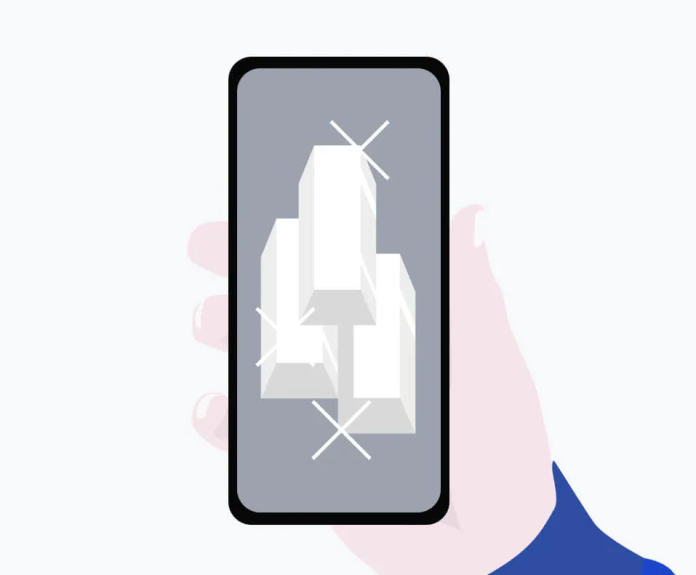The precious metals market has long been a crucial element of trading strategies worldwide, with gold often receiving the most attention. However, silver, a metal that has historically been overshadowed by its more famous counterpart, offers unique opportunities for UK traders.
This article dives into silver’s distinct role in the precious metals market, providing insights on its investment potential, trading strategies, and the various ways traders can position themselves to benefit from its price movements.
Silver’s Unique Market Dynamics
Silver is considered a “dual asset” due to its role as both an industrial commodity and a store of value. Unlike gold, which is mainly a hedge against economic instability, silver’s value is driven by a blend of industrial demand and investment interest. Its widespread use in electronics, solar panels, and medical equipment adds an industrial dimension that influences its market.
Silver’s supply is more volatile than gold, as much of it comes as a by-product of mining copper, lead, and zinc. Additionally, silver is often recycled from electronics and jewelry. Demand comes from two key areas: industrial uses, which make up around half of silver demand, and investment, where silver is seen as a more affordable alternative to gold, particularly during times of inflation or financial instability.
To explore more about how silver can fit into your trading strategy, find more info on the latest market trends and tools available for UK traders.
Macroeconomic Factors Influencing Silver Prices
Silver prices are significantly impacted by macroeconomic factors that affect all precious metals.
- Inflation and Interest Rates: Silver benefits from rising inflation as investors seek assets to preserve value. It also tends to rise when real interest rates are low or negative, as it offers an alternative to income-generating assets.
- Geopolitical Tensions and Economic Uncertainty: Silver, like gold, is viewed as a safe-haven asset during times of crisis, with its price often increasing as investors move away from riskier assets.
- US Dollar Correlation: Silver has an inverse relationship with the US dollar. When the dollar weakens, silver becomes more affordable in other currencies, driving its price up. For UK traders, the value of the pound also affects silver’s price.
Strategic Opportunities for UK Traders
UK traders can capitalize on silver’s price movements through both short-term and long-term strategies.
For short-term traders, silver’s volatility presents a wealth of opportunities. By using various technical analysis tools, traders can identify trends and make quick decisions based on market conditions. Strategies such as breakout trading, which involves entering positions when silver breaks through key support or resistance levels, and momentum trading, which takes advantage of sharp price movements, are especially effective. Many traders also use Contracts for Difference (CFDs) to speculate on silver’s price without owning the asset. This provides the potential for high returns, though with increased risks due to the volatility of silver.
Long-term investors can also find significant opportunities in silver. The metal’s role in the green energy revolution, particularly in the production of solar panels, makes it an appealing investment for the future. As global demand for renewable energy continues to rise, silver’s use in photovoltaic cells is expected to increase, which should drive its price up. Additionally, silver remains a reliable hedge against inflation. While it can be more volatile than gold, its ability to preserve value makes it an attractive asset during times of financial uncertainty.
For traders using technical analysis, there are several key indicators and chart patterns to consider. Moving averages, particularly the 50-day and 200-day, are widely followed in the silver market and can help identify trends and reversal points. Other indicators, such as the Relative Strength Index (RSI) and Bollinger Bands, provide insight into whether silver is overbought or oversold, signaling potential buying or selling opportunities. Additionally, chart patterns like triangles, flags, and head-and-shoulders can offer clues about future price movements.
Trading Vehicles and Instruments Available in the UK
UK traders have several options for trading silver, each with varying levels of risk and reward. These include physical silver, ETFs, futures, options, and CFDs.
Physical silver involves purchasing the actual metal, such as bars or coins, and holding it securely. While it eliminates counterparty risk, it comes with storage and insurance costs. On the other hand, “paper silver” includes financial instruments like ETFs and ETCs, which track the price of silver without requiring physical ownership. These options offer liquidity but expose traders to counterparty risk.
Silver ETFs and ETCs are popular among UK traders, providing easy access to silver with the ability to trade on stock exchanges. They do, however, carry management fees and may experience tracking errors. Silver futures and options allow for leveraged trading, where futures contracts enable the purchase or sale of silver at a predetermined price, while options provide the right to buy or sell without obligation.
CFDs (Contracts for Difference) allow traders to speculate on silver price movements without owning the metal itself. CFDs offer leverage, which can amplify both potential profits and losses, making them a high-risk, high-reward trading option.
Conclusion
Silver offers unique opportunities for UK traders, whether through short-term trading strategies or long-term investment themes. Its dual nature as both an industrial metal and a store of value makes it a versatile asset in a trader’s portfolio. By understanding the macroeconomic factors that influence silver’s price and utilizing the right trading vehicles, UK traders can position themselves to take advantage of the opportunities silver presents.




